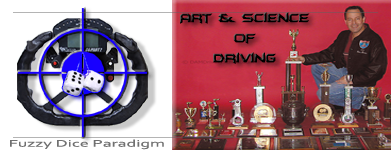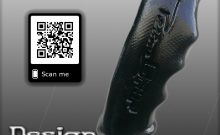Relaxation Periods
As a racecar goes from the different loads for a typical corner — acceleration, braking, cornering, acceleration — transition periods occur as the tire’s cords settle down into their tasks at hand. As the tire transitions to-and-from the various loads, there’s a certain “dwell period” that lies in between these steady-state conditions.
These are typically referred to as “relaxation periods”, since the tire is essentially relaxing in between “jobs”.
Tire Flex
Watch the contact patch at work in this video. Tire flex controlled by pressure/sidewall stiffness is the kart’s suspension, so the behavior you see here is similar to what you’d see in a vintage car today.
Today’s Short Sidewalls — Not as Good as it Looks
20+” rims fill the rotating mass with more metal and tosses a thin rubber band of a tire on top.
Compliance goes away, and unsprung mass goes through the roof.
Sure, cornering stiffness skyrockets and steering response gets noticeably snappy since the relaxation period — time it takes for forces to take a “set” — goes away.
Somewhere in between is where you need to be if you drive on the street.
http://en.wikipedia.org/wiki/Relaxation_length
If you have a FaceBook account, here’s a beautiful example of tire flex in action on a kart:
https://www.facebook.com/KartingEmozioneEPassione/videos/vb.114201065400594/487261031427927/?type=3&theater


